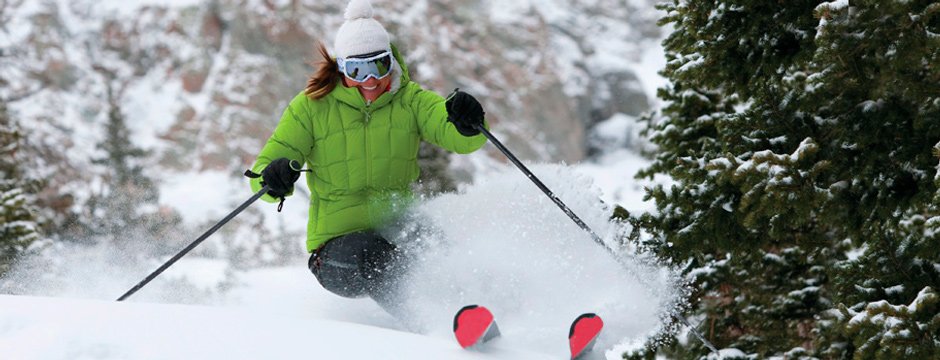Avalanche safety tips for skiing in the Alps

For those cooped up in their cosy chalets in Méribel, the arrival of snow has finally offered the chance to get out on the slopes, but the long-awaited snowfall is causing new issues in resorts across the Three Valleys.
The French Alps remain on high alert after avalanches caused devastation in the past week. Ski holidays in France attract thousands of winter sports fans each year and while visitors want to make the most of this popular resort’s ski area, it’s important that holidaymakers follow these tips to stay safe while there’s a risk of avalanches in the Three Valleys.
In all European ski resorts, any marked runs are monitored and safeguarded by the Piste Rescue Services (or Securité des Pistes), meaning the green, blue, red and black pistes you see around the resort are safe to ski unless you are told otherwise.
In Méribel additional warnings let visitors know the conditions around the resort. Ski Olympic’s Jarrod has this advice for making the most of your skiing holiday safely:
“Follow the advice of the electronic notice boards located throughout every resort. This gives you the most up to date and accurate information relating to, not only avalanche risk levels, but slope closures, weather patterns and lift opening and closing times. Follow this simple piece of advice, and you will remain safe on the slopes."
Off-piste Preparation
It is when skiers ‘go off-piste’, that coming across avalanches becomes a potential danger.
It’s worth reinforcing the point that only truly proficient and prepared skiers and boarders should attempt to go off-piste, this is not an activity for visitors that are unfamiliar with the terrain. During times when there is a high risk of avalanches, as is the case currently in the Alps, all skiers should follow the recommendations of the Piste Rescue Services, staying on the designated slopes no matter their skill level.
Safe off-piste or backcountry adventures start with careful planning. Ski resorts mark the immediate danger of avalanches in a given area using the European Avalanche Hazard Scale, a colour-coded flag system. Being able to read these avalanche warning levels is crucial when venturing into uncontrolled territory on the mountains. Before you chart an off-piste route, make sure you have some understanding of the environment you’re entering, including how stable the slope below your skis is.
Off-course the elements can change without warning, but being able to draw on off-piste safety knowledge can mean the difference from setting a course for doom and experiencing this exhilarating opportunity safely.

Safety Kit
Skiers must ensure they carry the correct equipment when descending the backcountry. A basic kit will most definitely include transceivers, collapsible probes and portable shovels, but some of this equipment can be technical and following the checklist in a safety kit guide is the best path to ensuring what you’ve packed passes inspection.

The potential for avalanches changes depending on where you go in the Alps, but for those travelling to Méribel and concerned about the recent avalanche risks, be reassured that the resort is geared up to monitor potential risk and will warn holidaymakers of the slopes to avoid so you can get back to enjoying your time on the mountains.
Image Credit: U.S. Department of Agriculture (flickr.com)
